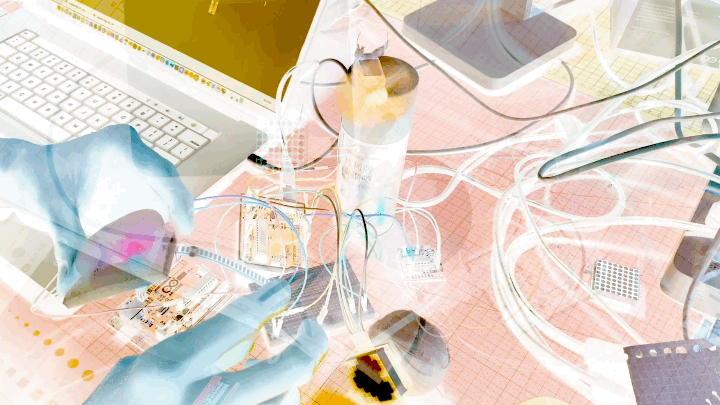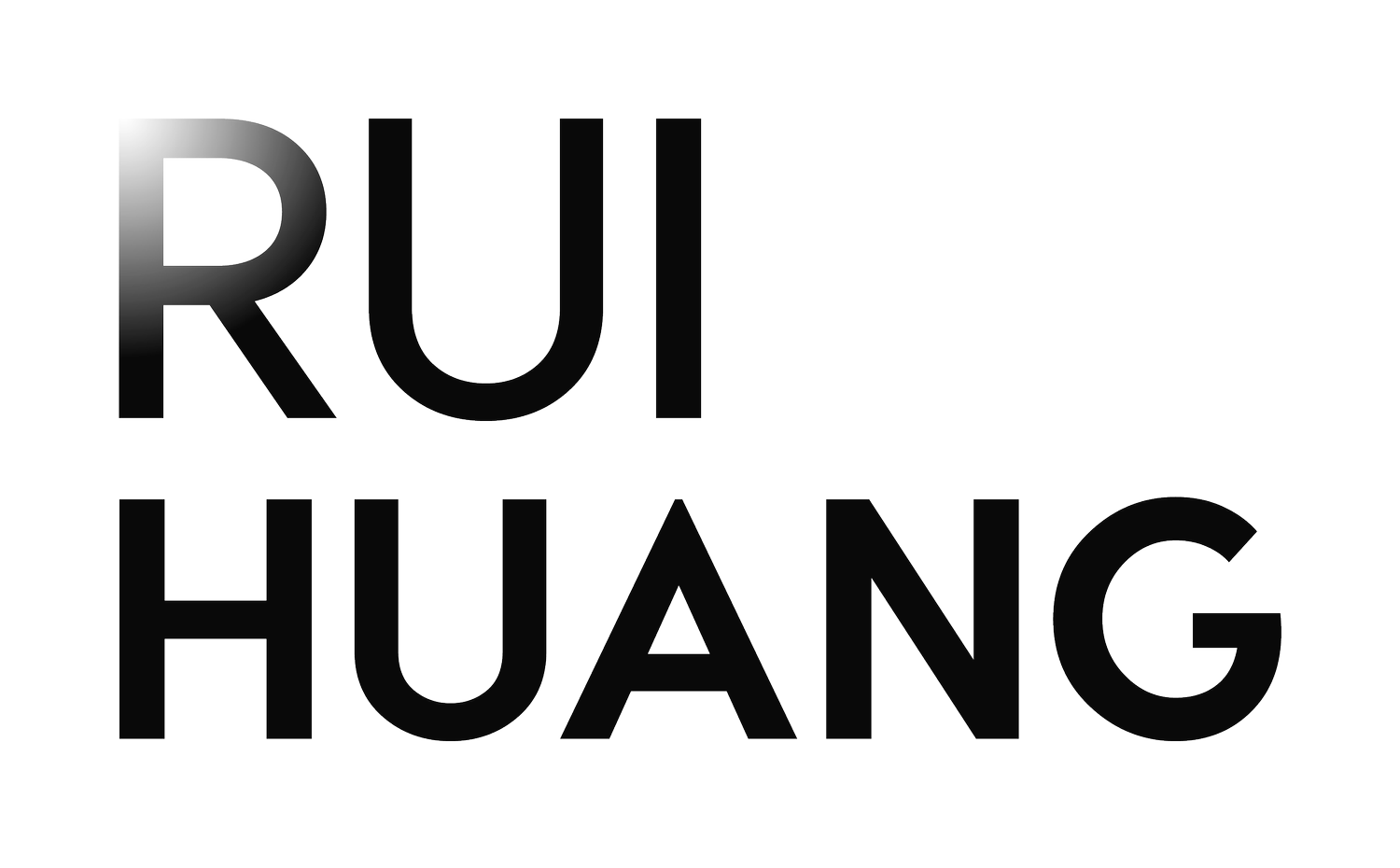Communicating Emotions:
from Digital to Physical
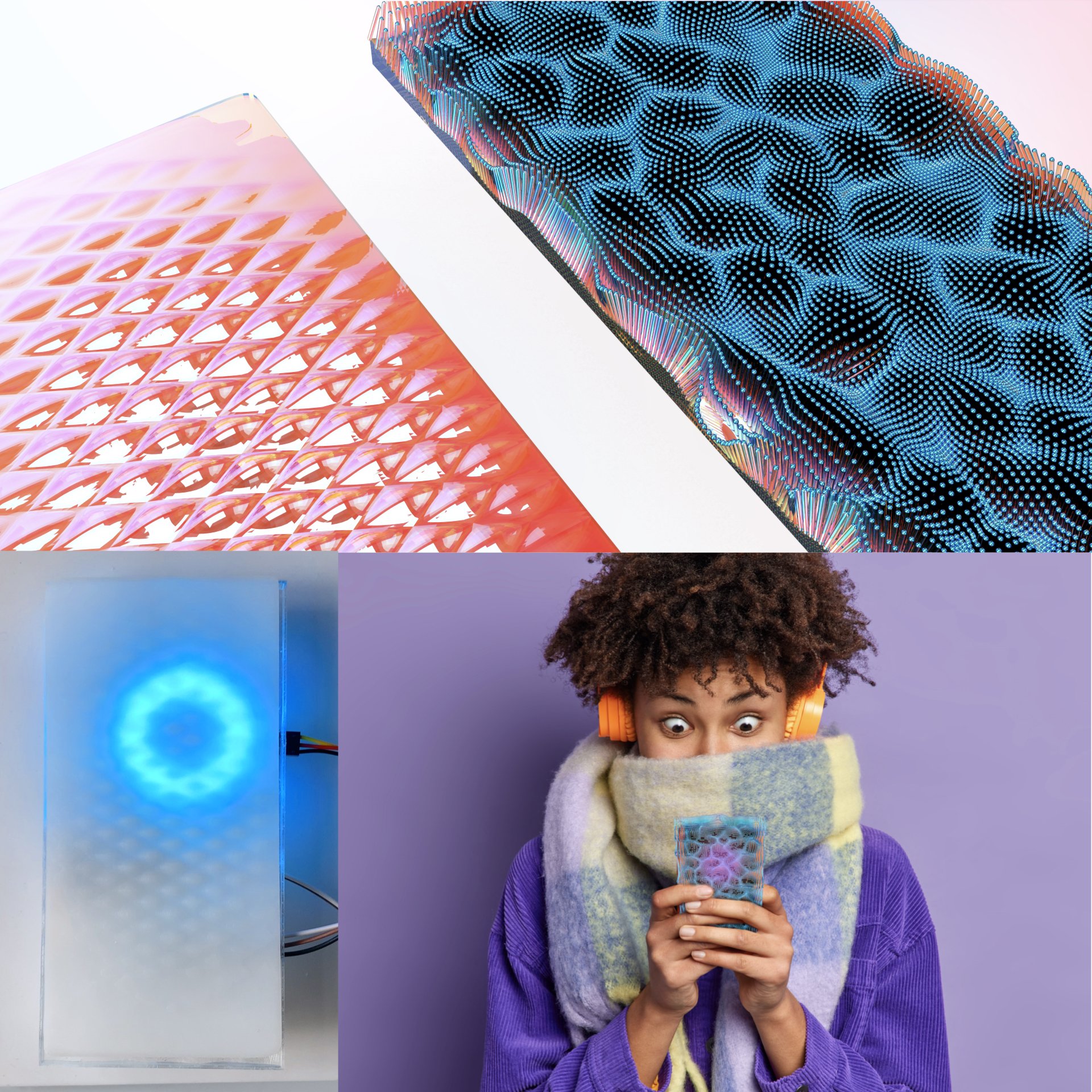
Affective Haptics for Communications: Motions for Emotions
Imperial College London
Royal College of Art
2020-2021
Discipline
Design Technology
Affective Haptics
Tangible Human-machine Interaction
HCI | Physical Computing
Design Engineering
Role
Solo Projects
Acknowledgement
Special thanks to the teaching team of the Gizmo Module of the MSc/MA Innovation Design Engineering program from Imperial College London and Royal College of Art

Touch Crisis in
Remote Communication
Background
We have been through a challenging period that has accelerated the transition to a hyper-digital lifestyle with the adaption to a new norm of remote living, communication, and working. Under such change and with the booming market in the metaverse, our interaction with the external world and one another has shifted from being physical to being more remote and virtual-based. Incorporating a multilayered hyper-grid system with a "virtual" layer that blends into its "physical" presence, the world we live in has developed into a mixed reality that extends beyond its physical existence.
Challenge
We aren't, though, either psychologically or physically ready for such transformation. Our psychological and physical health have been profoundly influenced by the present virtual-based human-machine-interaction (HMI) model, which heavily disregards tactile senses. Recent studies have found a link between touch deprivation and mental health that is significant, increasing the risk of PTSD, alexithymia, depression, and other mental diseases by up to 40%. It has also been demonstrated that immunological illnesses and personality disorders have a strong positive correlation with affection deprivation brought on by the loss of touch and tactile sensations. Additionally, it goes against the gregarious nature of humans, which depends on sensing and engaging with their physical surroundings in order to gather information, communicate, make emotional bonds, and grow cognitively.
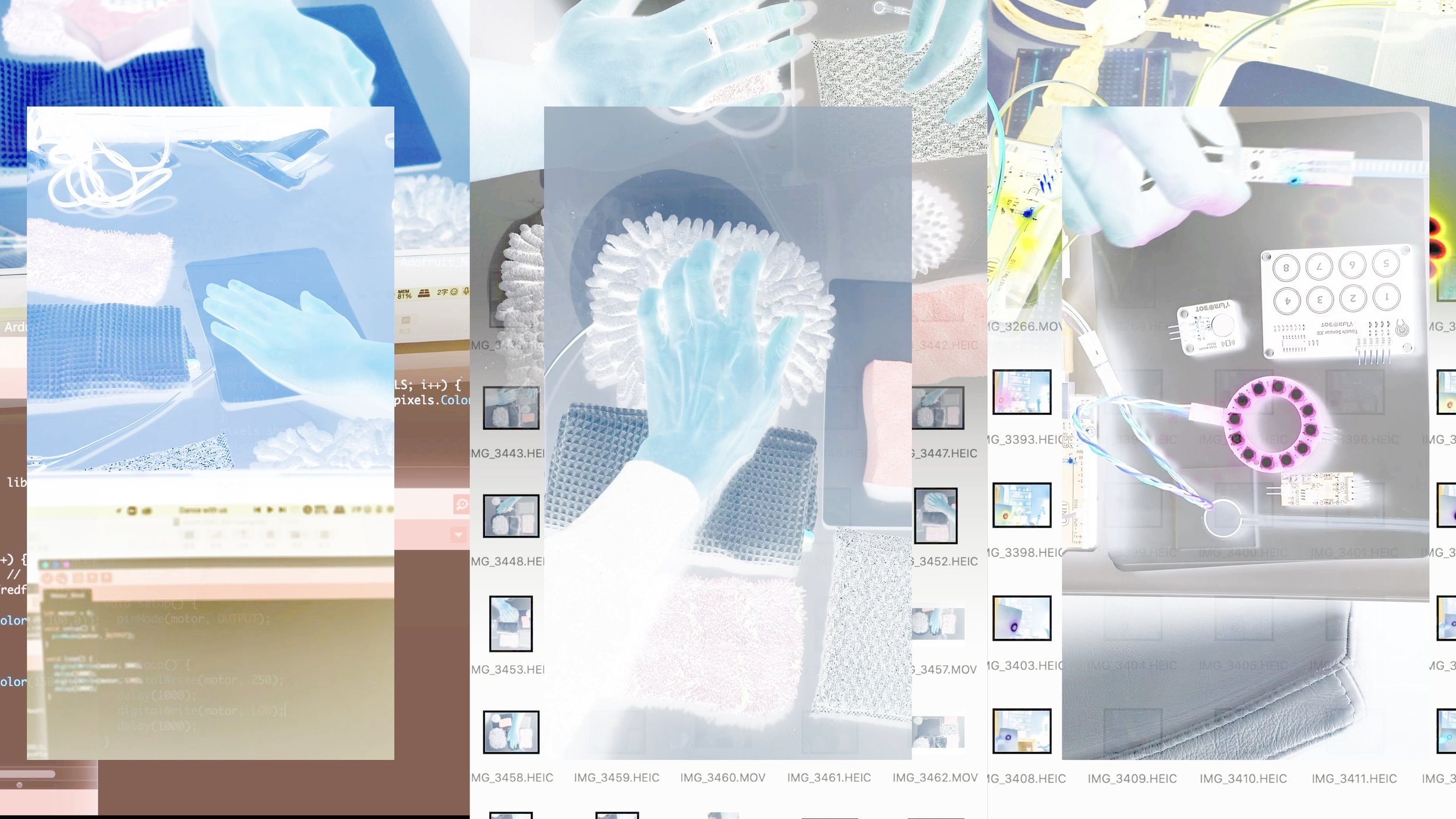
© RUI HUANG

© RUI HUANG
Tangible Sensation of Human Contact
Given the foregoing, my intervention aims to transform the existing virtual HMI model by incorporating a new layer of communication, the tangible interface, to translate information such as gestures, facial expressions, tone of voice, emotions, and other stimuli from in-person conversation into haptic and tangible representations. The goal is to investigate new mediums and sensorial stimuli that will suit better in the digital context for affective haptic communication and to transcend the physical boundaries between users in their daily communication.
400+ Haptic Representations with 45+ Main Sequences, as well as material amplification and dynamic lighting colour themes, were examined to map emotions and other stimuli to the "correct" tangible representations in the "appropriate" context. The adventure continues.

© RUI HUANG



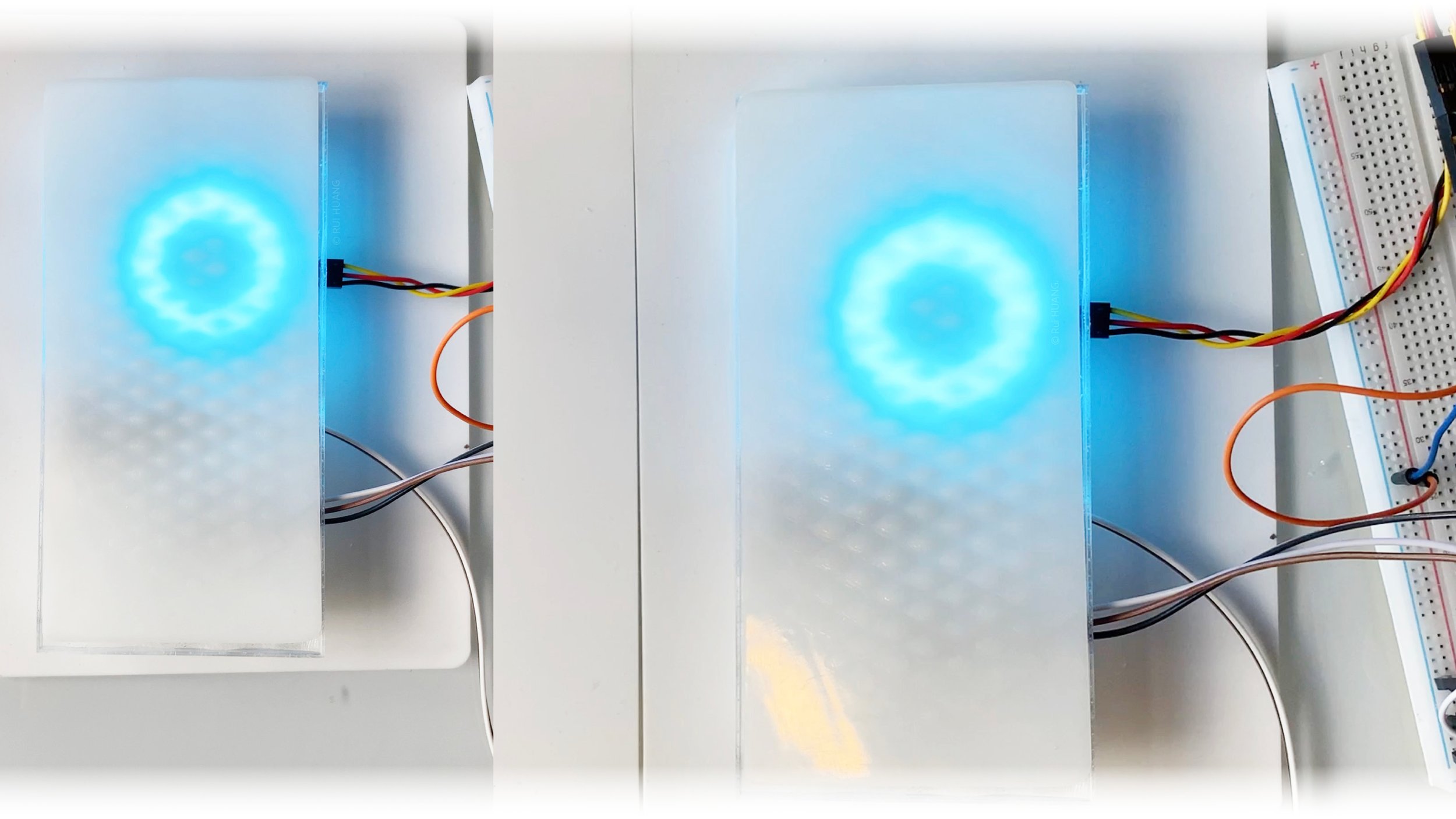
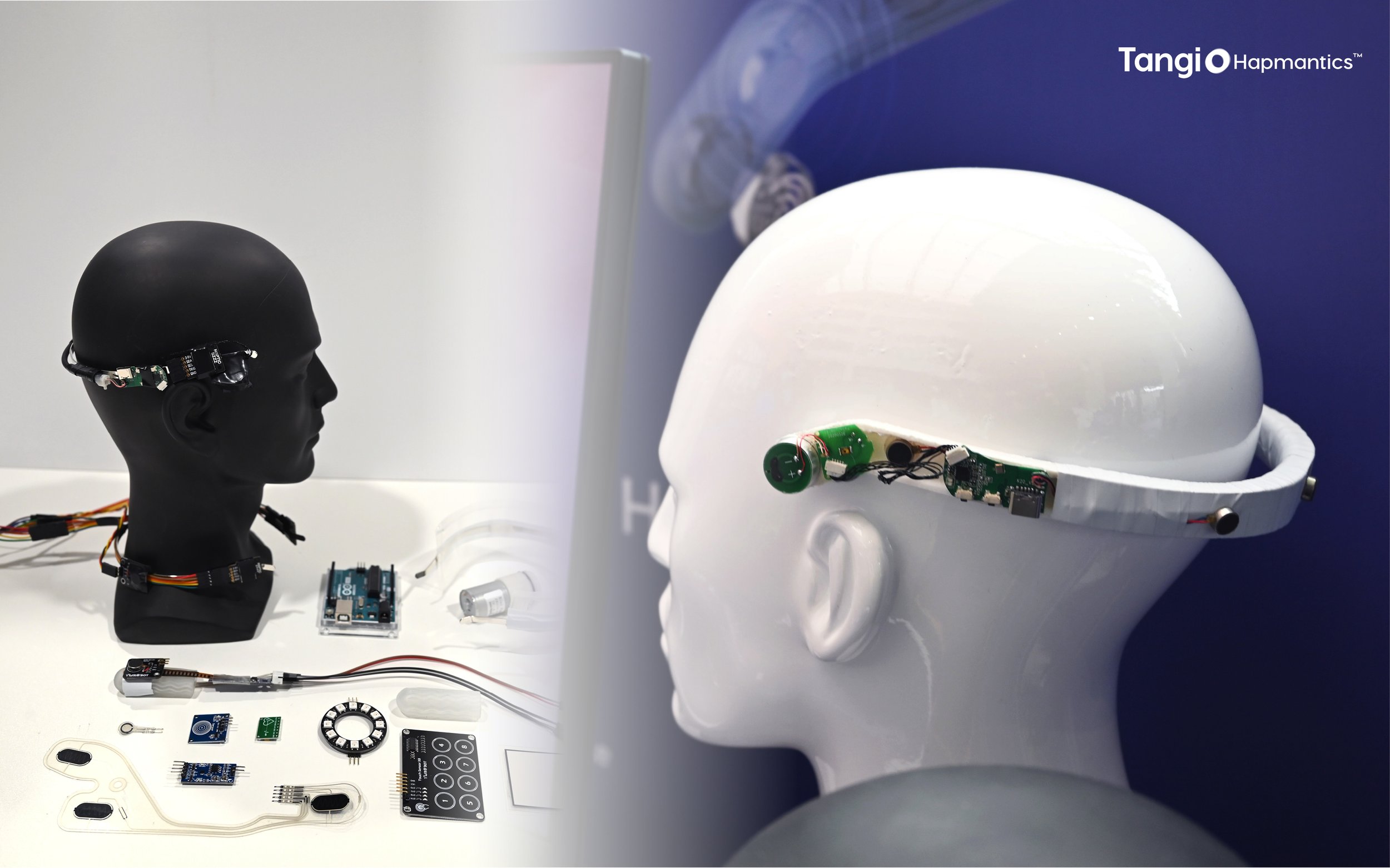
Envision the Future of Digital Communication
Introducing “Tangibility“ into Digital Communication
Next Project
